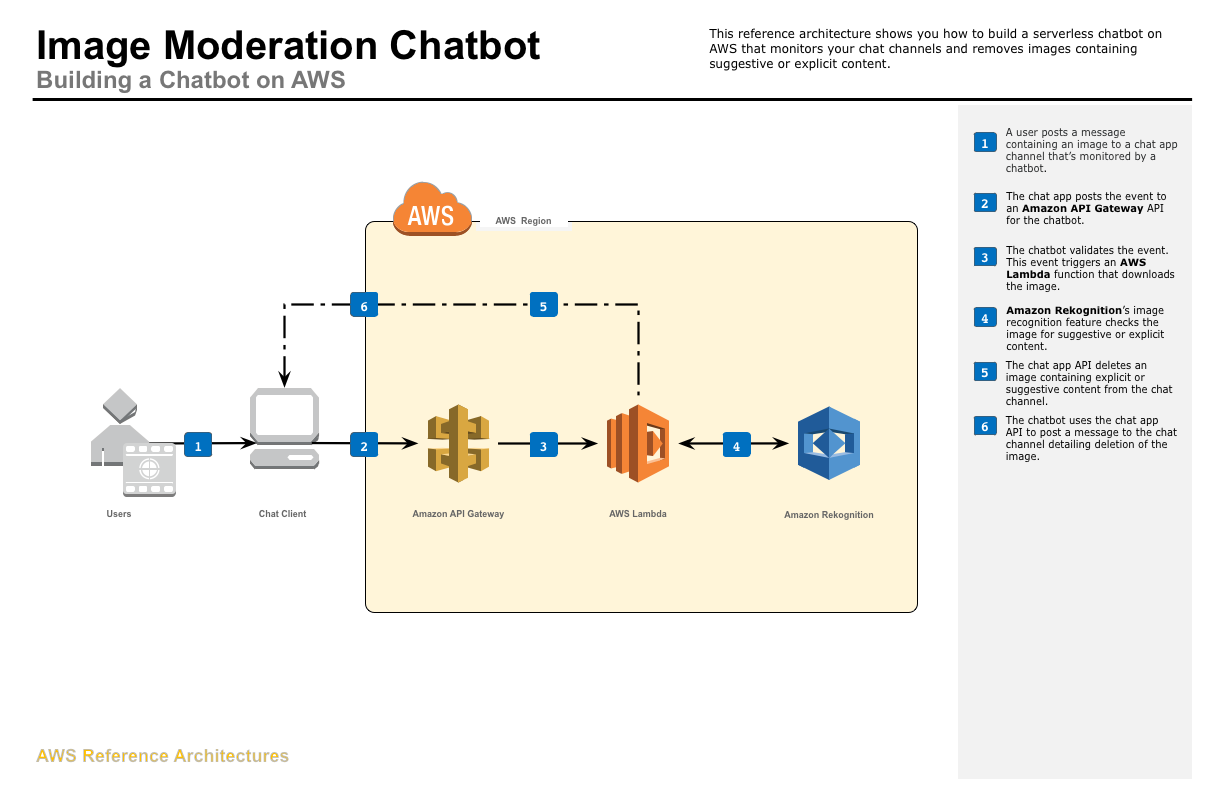
- DEPLOY DRUPAL ON AWS BEST PRACTICES INSTALL
- DEPLOY DRUPAL ON AWS BEST PRACTICES CODE
- DEPLOY DRUPAL ON AWS BEST PRACTICES DOWNLOAD
It is important to note that this flag will add. We also want to make sure we’re passing the gzip flag to compress the resulting backup file. This helps us maintain that predictability and consistency that is so crucial to our success. The results-file parameter tells Drush to store the file in a consistent place. structure-tables-list="watchdog,cache_*,search_api_db_*,migrate_message_*" To create a backup of the database we use the following command: drush sql:dump \ The aliases are simply dropped into the drush/sites directory within our codebase.

DEPLOY DRUPAL ON AWS BEST PRACTICES DOWNLOAD
To use Drush, we need to download aliases that are conveniently provided under the credentials tab within our Acquia account settings. Using our friendly neighborhood Drush CLI Tool, backing up and restoring the database is extremely easy. With our codebase in place, it’s time to get the fun started and transfer the database to the new environment.

DEPLOY DRUPAL ON AWS BEST PRACTICES CODE
Using BLT also meant pushing the code was simple as changing the git.remotes configuration setting and running the artifact:deploy command.

Fortunately, this project was already based on Acquia’s Build and Launch Tool (BLT), which gave us a plethora of commands to easily plug into our CI system. This is a great opportunity to evaluate our CI/CD pipeline and make adjustments that aligned us with best practices. Once our code is ready, we need to get the code into Acquia’s repository so that we can deploy it to our new pre-production environment.
DEPLOY DRUPAL ON AWS BEST PRACTICES INSTALL
Another module we want to install is Acquia Purge for clearing varnish as well as the Cloud Platform CDN. This gives us access to tools like Insights and also helps Acquia maximize uptime. At the very least, we will want the Acquia Connector module which will allow our site to send metrics and other data to the Acquia subscription. Next, we want to prepare the codebase to take advantage of all of Acquia Cloud Platform’s features. Most Drupal 8 sites should already be using these basic concepts, but this is a great point to perform some basic checks. This includes things like ensuring we are properly using version control, dependency management, and the config system. Our first step is to evaluate the codebase and make sure it is following best practices for Drupal development. If we follow best practices and develop iteratively, we can prevent problems from making it to our live site. You should expect to perform the steps multiple times as these issues are uncovered and resolved. This means that your migration should be well documented, predictable, and repeatable. We will discuss a few common ones throughout this article however, every situation is unique. There are many caveats to moving websites between hosting providers that can arise. When migrating your site to a new platform, we want to ensure we’re still following best practices. With Drupal managed hosting from Acquia, you can create, scale, and manage your digital experiences knowing you’re leveraging the best that Drupal has to offer.Īcquia Cloud Platform provides secure and compliant web hosting for Drupal that delivers everything your teams need to build and manage Drupal-based digital experiences, including fully managed Drupal hosting, robust development tools, enterprise-grade security, and world-class support. Acquia Cloud Platform is also the only web hosting solution for Drupal designed to scale to meet the demands of enterprise-class business challenges.

We were tasked with moving their site from custom AWS hosting to the Acquia Cloud Platform.Īcquia is the only Drupal hosting platform that's built for Drupal developers by Drupal developers. One of our clients recently recognized the value of a hosting provider like Acquia. Moving between hosting providers is never an easy task, but it can be done in a way that doesn’t have to be painful.


 0 kommentar(er)
0 kommentar(er)
